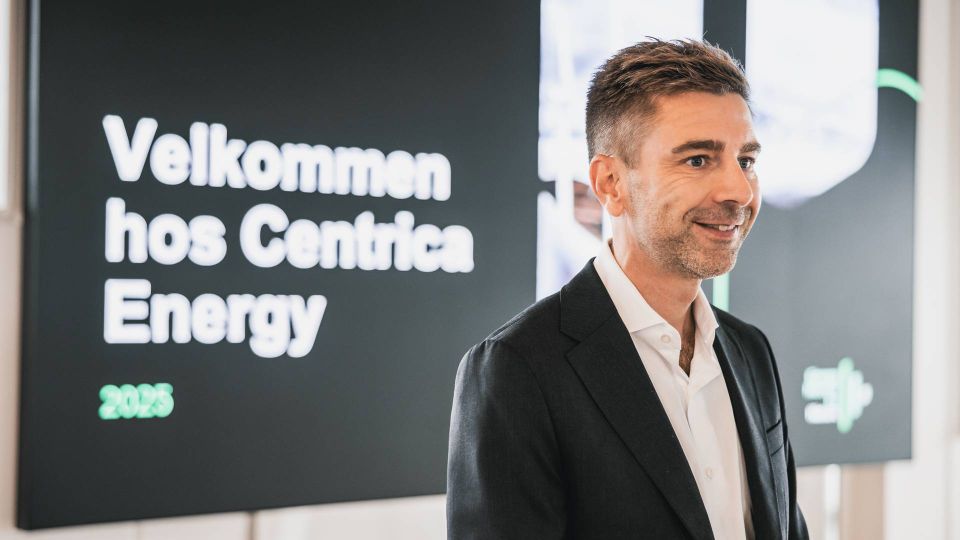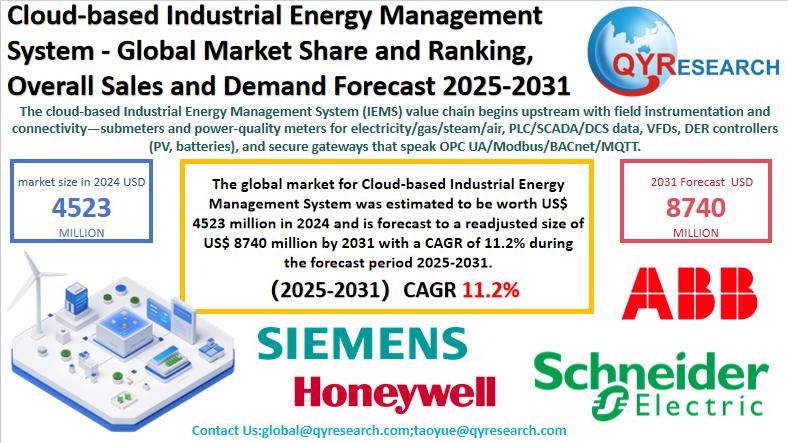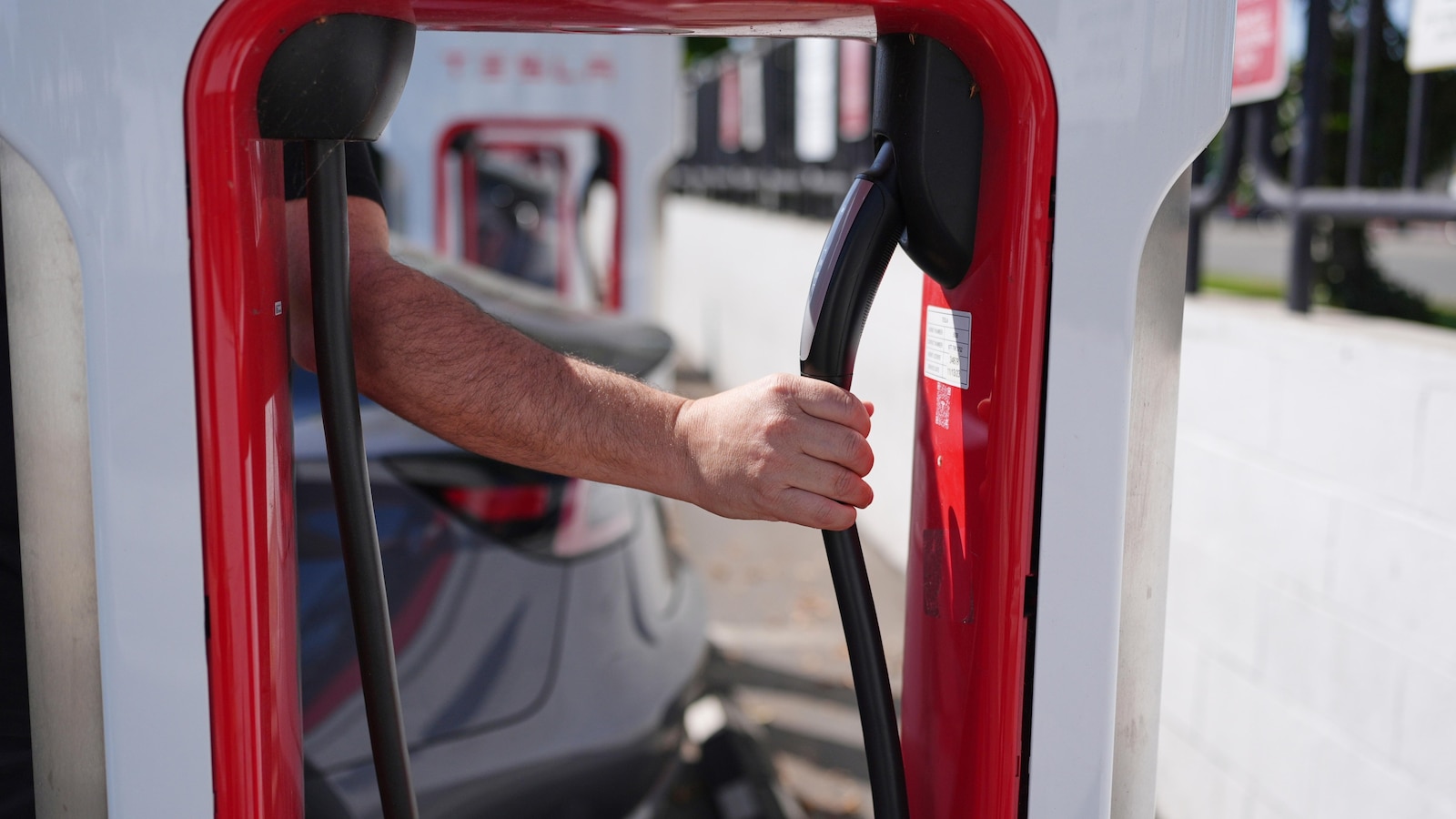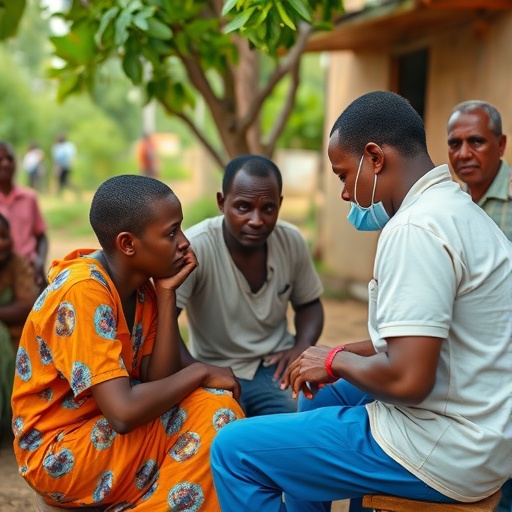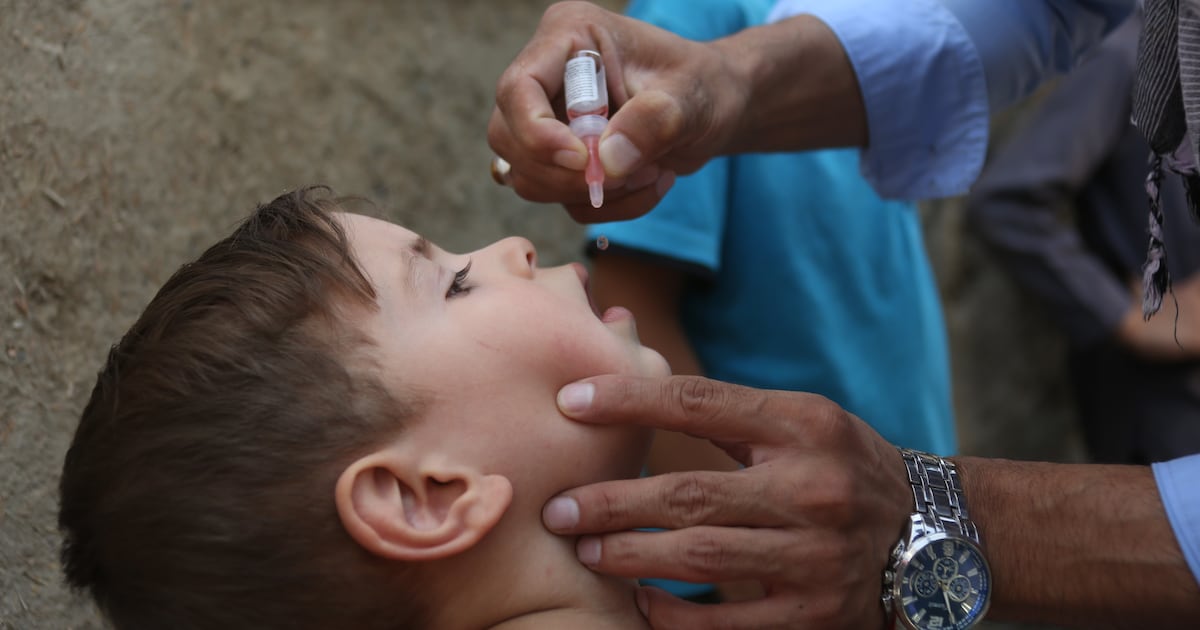Samsung Discusses Its Plan for a Connected Digital Health Ecosystem – SammyGuru

Report on Samsung’s Digital Health Initiatives and Alignment with Sustainable Development Goals
Introduction: Advancing SDG 3 Through Technological Innovation
Samsung Electronics has outlined its next phase of digital health development, focusing on scaling preventive care and enhancing connected health services. This initiative directly supports the United Nations’ Sustainable Development Goal 3 (SDG 3), which aims to ensure healthy lives and promote well-being for all at all ages. During a recent Galaxy Tech Forum, the company detailed its strategy to leverage technology to bridge the divide between general wellness and formal clinical care, thereby contributing to universal health coverage (Target 3.8) and the prevention of non-communicable diseases (Target 3.4).
Strategic Vision for a Connected Health Ecosystem
Samsung’s core objective is the creation of an integrated digital health ecosystem. This vision is built upon several key pillars that align with global sustainability targets.
- Data Collection and Management: Samsung’s wearable devices, including its 2025 smartwatch line, and the Samsung Health platform are central to collecting and managing user health data.
- Clinical Integration: The recent acquisition of Xealth, a healthcare platform connected to over 500 hospitals, is a critical step. This facilitates the integration of data from Samsung Health directly into clinical workflows, improving the quality and efficiency of healthcare services.
- Preventive Care: By providing users with continuous health data, the ecosystem empowers individuals to take a proactive role in managing their health, a key component of SDG 3.
Core Technologies and Contribution to Health-Related SDGs
The initiative leverages advanced technology to create a new paradigm for healthcare delivery, contributing to SDG 9 (Industry, Innovation, and Infrastructure) by building resilient digital infrastructure and fostering innovation.
- Artificial Intelligence and Data Synergy: The convergence of AI, clinical health data, and home monitoring is designed to modernize the healthcare experience. AI-driven insights provide actionable information to users and clinicians, enhancing diagnostic and preventive capabilities.
- Decentralized Care Model: The strategy promotes a shift from traditional hospital-centric care to home-based monitoring and treatment. This model improves accessibility and affordability, aligning with SDG 3 and SDG 11 (Sustainable Cities and Communities) by reducing the burden on centralized health facilities.
- Advanced Sensor Technology: Samsung’s BioActive Sensor technology enables its wearable devices to collect a wide range of health metrics. This continuous monitoring capability allows for early detection and management of health issues, directly supporting the prevention targets within SDG 3.
Fostering Partnerships for the Goals (SDG 17)
Recognizing that complex global challenges require collaboration, Samsung’s strategy heavily emphasizes multi-stakeholder partnerships, a principle at the heart of SDG 17 (Partnerships for the Goals). The collaboration between Samsung, Xealth, and healthcare providers like Advocate Health exemplifies this approach.
- Creating a Patient-Centric Ecosystem: Dr. Hon Pak of Samsung Electronics highlighted the goal of creating a connected ecosystem that addresses the needs of the individual, not just the patient.
- Integrating Consumer Technology: According to Xealth CEO Mike McSherry, Samsung’s consumer devices have the potential to replace multiple single-purpose medical tools, streamlining the user experience and data collection process.
- Building an Open Framework: Dr. Rasu Shrestha of Advocate Health noted that an open and curated ecosystem built on partnership is essential to overcoming systemic healthcare challenges, reinforcing the importance of collaborative innovation as promoted by SDG 17.
Analysis of SDGs in the Article
1. Which SDGs are addressed or connected to the issues highlighted in the article?
SDG 3: Good Health and Well-being
The article is centered on improving healthcare through technology. Samsung’s mission to create a “connected digital health ecosystem” directly supports the goal of ensuring healthy lives and promoting well-being. The focus on “Scaling Prevention and Connected Care,” moving care from hospitals to homes, and using wearables for health monitoring are all efforts to enhance health outcomes.
SDG 9: Industry, Innovation and Infrastructure
The article highlights significant technological innovation and the development of a new type of infrastructure. Samsung’s “2025 smartwatch innovations,” the use of AI, “BioActive Sensor technology,” and the acquisition of the Xealth platform to build a digital health ecosystem are prime examples of fostering innovation and upgrading industrial technological capabilities for a specific sector (healthcare).
SDG 17: Partnerships for the Goals
The article explicitly emphasizes the importance of collaboration. It details the partnership between Samsung, the acquired Xealth platform, and healthcare providers like Advocate Health. The statement from Dr. Rasu Shrestha that “no single entity can fix them alone” and the goal of creating an “open and curated ecosystem” with partners directly align with the principle of forming multi-stakeholder partnerships to achieve sustainable goals.
2. What specific targets under those SDGs can be identified based on the article’s content?
SDG 3: Good Health and Well-being
- Target 3.8: Achieve universal health coverage, including… access to quality essential health-care services. The article discusses making healthcare more accessible by moving it into the home through “home monitoring.” The system aims to “connect wearable data from Samsung Health into clinical workflows,” thereby improving the quality and continuity of healthcare services.
- Target 3.d: Strengthen the capacity of all countries… for early warning, risk reduction and management of national and global health risks. Samsung’s wearable devices that “collect health data and provide users with AI-driven insights” function as personal early warning systems, helping individuals manage their health risks proactively.
SDG 9: Industry, Innovation and Infrastructure
- Target 9.5: Enhance scientific research, upgrade the technological capabilities of industrial sectors in all countries… encouraging innovation. The entire article is a showcase of this target, detailing Samsung’s investment in R&D for its “2025 smartwatch innovations” and the development of its digital health platform to upgrade the technological capabilities of the healthcare sector.
SDG 17: Partnerships for the Goals
- Target 17.16: Enhance the Global Partnership for Sustainable Development, complemented by multi-stakeholder partnerships that mobilize and share knowledge, expertise, technology and financial resources. The collaboration described between Samsung (technology), Xealth (healthcare platform), and Advocate Health (clinical provider) is a clear example of a multi-stakeholder partnership sharing technology and expertise to create a “connected ecosystem.”
- Target 17.17: Encourage and promote effective public, public-private and civil society partnerships. The model described, where a private technology company (Samsung) partners with a healthcare platform (Xealth) and a hospital network (Advocate Health), is a form of a private-private partnership aimed at solving public health challenges.
3. Are there any indicators mentioned or implied in the article that can be used to measure progress towards the identified targets?
Indicators for SDG 3 Targets
- Implied Indicator for Target 3.8: The article implies progress can be measured by the integration of patient-generated data into clinical settings. A specific metric mentioned is Xealth’s network of “over 500 hospitals,” which indicates the scale of access to these connected healthcare services. The replacement of traditional medical tools with wearables (“Instead of using a separate blood pressure monitor or pulse oximeter, your phone, watch, and ring could do it all”) is another implied measure of progress.
Indicators for SDG 9 Targets
- Implied Indicator for Target 9.5: Progress is indicated by the continuous development and launch of new technologies, such as the “2025 smartwatch innovations” and “BioActive Sensor technology.” The acquisition of Xealth also serves as an indicator of private investment in research and development to enhance technological capabilities.
Indicators for SDG 17 Targets
- Mentioned Indicator for Target 17.16/17.17: The number of partners in the ecosystem is a direct indicator of partnership formation. The article provides concrete numbers, such as Xealth’s network of “over 500 hospitals and 70 digital health solution providers,” which can be used to measure the scale and reach of the partnership. The mention of specific partners like “Hinge and Advocate” also serves as a qualitative indicator of these collaborations.
4. Table of SDGs, Targets, and Indicators
| SDGs | Targets | Indicators (Mentioned or Implied in the Article) |
|---|---|---|
| SDG 3: Good Health and Well-being |
3.8: Achieve universal health coverage and access to quality essential health-care services.
3.d: Strengthen capacity for early warning and management of health risks. |
– Number of hospitals in the connected care network (mentioned as “over 500”). – Integration of wearable data into clinical workflows. – Use of wearables with AI insights for personal health risk monitoring. |
| SDG 9: Industry, Innovation and Infrastructure | 9.5: Enhance scientific research and upgrade technological capabilities. |
– Development of new technologies (“2025 smartwatch innovations,” “BioActive Sensor technology”). – Investment in and acquisition of technology platforms (Xealth). |
| SDG 17: Partnerships for the Goals | 17.16 & 17.17: Enhance multi-stakeholder and public-private partnerships. |
– Formation of partnerships between technology companies and healthcare providers (Samsung, Xealth, Advocate Health, Hinge). – Number of digital health solution providers in the ecosystem (mentioned as “70”). |
Source: sammyguru.com

What is Your Reaction?
 Like
0
Like
0
 Dislike
0
Dislike
0
 Love
0
Love
0
 Funny
0
Funny
0
 Angry
0
Angry
0
 Sad
0
Sad
0
 Wow
0
Wow
0







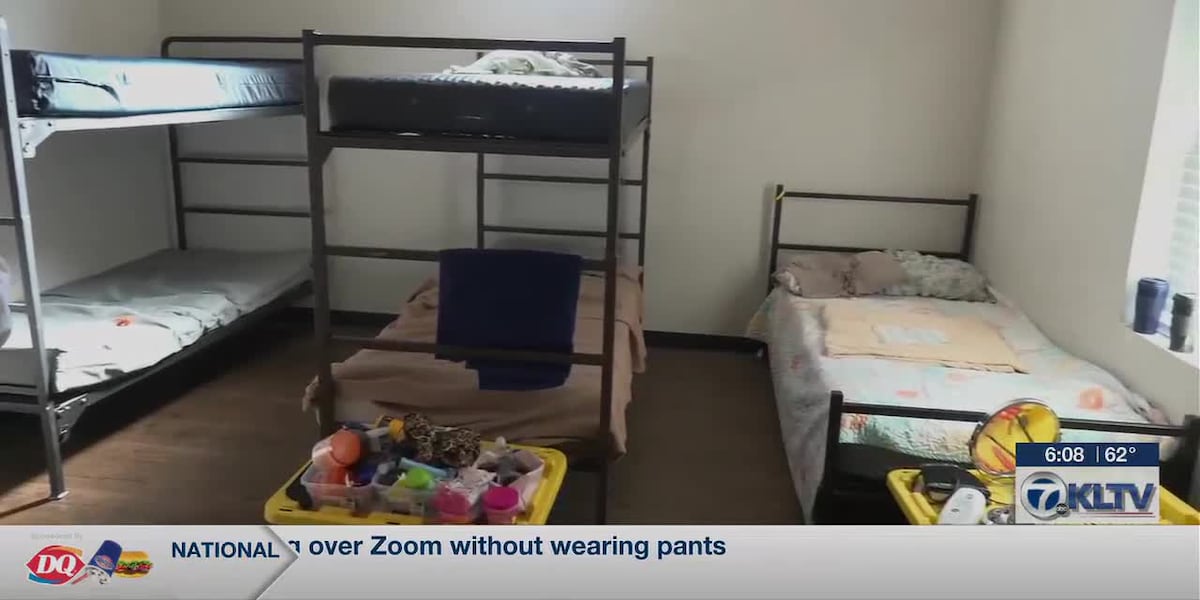



















;Resize=805#)



